Rare 'downburst' that wiped out swathes of N.W.T. forest last summer could be harbinger of future storms
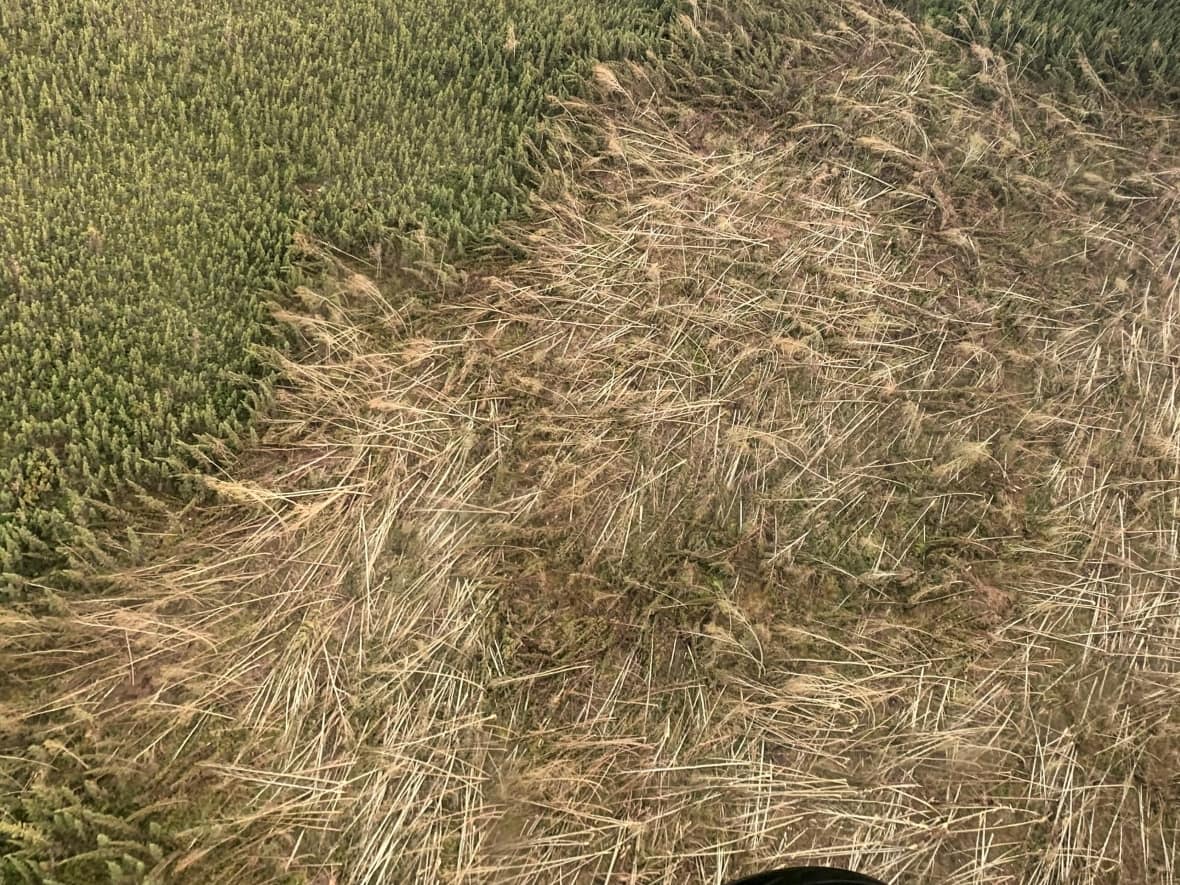
Jessica Jumbo, her two young children and her niece had their hands up on her sliding doors watching a storm roll in.
"The winds got so strong we could feel the door pushing inwards," said Jumbo, who has lived in Sambaa K'e, N.W.T., her whole life and is the environment and lands coordinator for the Sambaa K'e First Nation.
She said there was some extreme lightning before the storm hit, and so much rain, it looked like a wall.
"It was just nonstop flashes and the winds started picking up really quick," she explained.
That's when she started thinking about whether she should bring the kids to her dad's house, which has one of only two basements in the community of about 100 people.
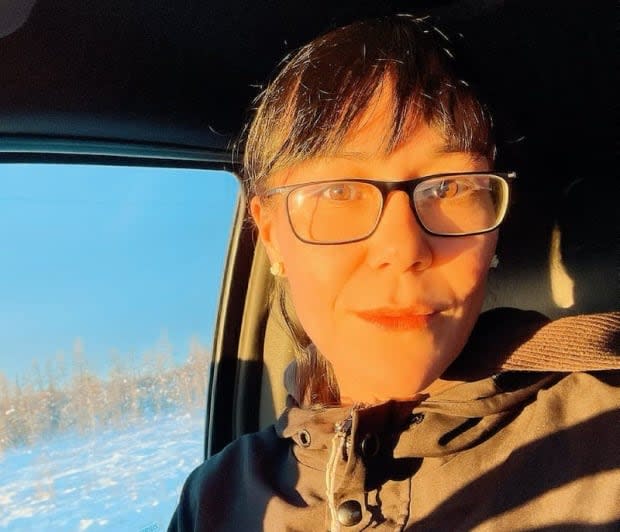
The June 29, 2021, storm was so severe, with winds reaching an estimated maximum speed of 190 km/h, it got the attention of scientists at Western University's Northern Tornadoes Project.
The storm was a downburst, explained David Sills, an atmospheric scientist who is executive director of the tornadoes project.
He said sometimes when a thunderstorm approaches, people can see a big shelf cloud and then the winds start to blow. If they're strong enough, they're called a downburst.
"It's air that's coming out of the thunderstorm and kind of splashing down on the ground," he said.
Flattened trees
Nothing in the community was damaged. However, that wasn't the case with the trees in the area.
According to Sills, satellite imagery of the area reveals visible tree damage for an area longer than 60 kilometres, and up to nine kilometres wide.
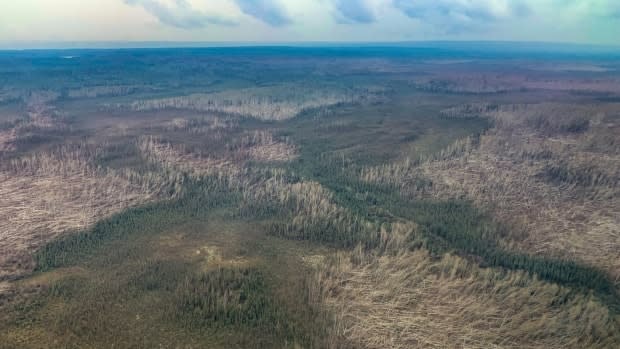
He said when downbursts happen in forests, "[trees] just go down like matchsticks."
He added it can look like flattened wheat fields, or other crops.
"It's the same kind of patterns," he said.
2nd intense storm in area in last few years
Sills said the downburst happened at the edge of the deadly heat dome that was centred around the Pacific Northwest last summer.
He explained it's common for intense storms to form around the edges of a heat dome.
But it's not common for these types of storms to take place this far north.
"These storms … were intense and unusually farther north than typical," said Sills, "I don't remember this happening before up north of 60."
But Jumbo does.
She said a similarly intense storm happened two or three years ago.
"It was like nothing I had ever experienced," she said.
She was in her backyard with her children watching the lightning at the south end of Trout Lake, also called Sambaa K'e Lake.
She noticed a huge white wall.
"OK, that's pretty heavy rain," she thought.
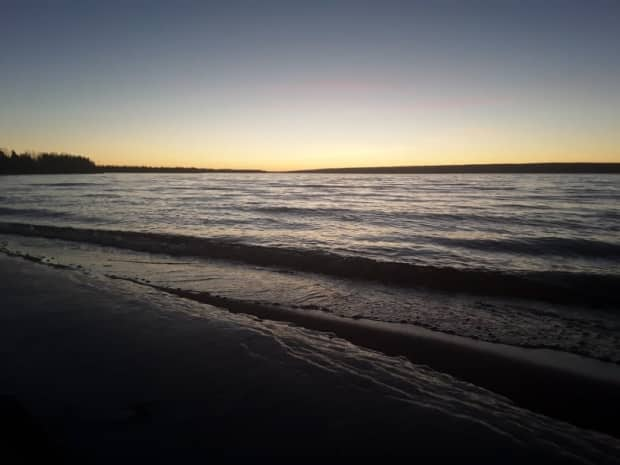
The wind started picking up and she told her boys to go inside. As she continued watching, she saw what she described as a "weird wave in the middle of the ridge."
She's not sure it was a downburst but she said as soon as it hit the lake, "it created this white turbulence, like it was instant white caps."
"When the rain started hitting the lake, it was hitting it with such force, it sounded like a jet flying too low," she added.
She said it took about a minute for that wall of rain to get from one side of the arm of the lake to the other.
"That's the fastest I've ever seen it move," she said. "By then, I started getting worried."
She went inside but kept watching the storm.
"As soon as the wind or the rain hit the shore of the community, the trees were literally bent and I thought they were going to start snapping. I never saw anything like it. I've never seen the trees bend so quickly with such force," she said.
She added that community members swear they saw three tunnel-type clouds during the storm.
A community unprepared
The intense storms have created some concerns among residents, said Jumbo.
She said for the elders and the harvesters in her community, water is everything, and they're seeing weather events happening on the lake that they're never seen before.
"They have questions about what's happening further south that could be possibly causing this," said Jumbo.
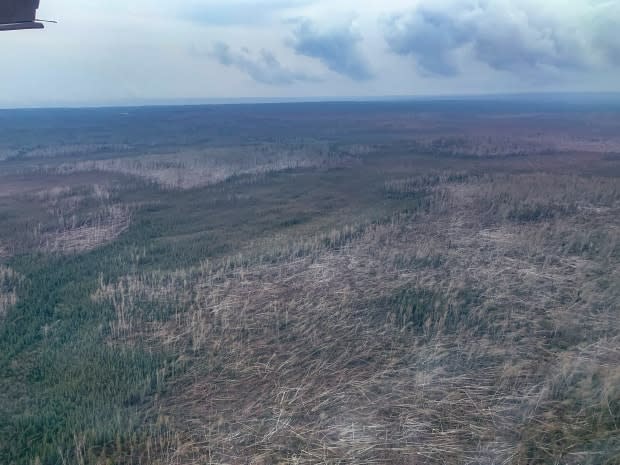
She they're wondering if too much clear cutting is happening in the forest, and whether it's changing the wind corridors leading farther north.
"It's pushed me in my job to reach out to more scientists, to start more projects, to start more studies," she said.
Jumbo said the Sambaa K'e First Nation is also discussing safety measures and if there are better ways to build houses in the community. It's also asked the N.W.T. Department of Environment and Natural Resources (ENR) to share its wind warnings with them.
For his part, Sills said as long as heating events like last summer's heat dome over B.C. continue to happen, they are going to see more thunderstorms.
"I would not be surprised to see more of these in the near future," he said.

 Yahoo Movies
Yahoo Movies 
